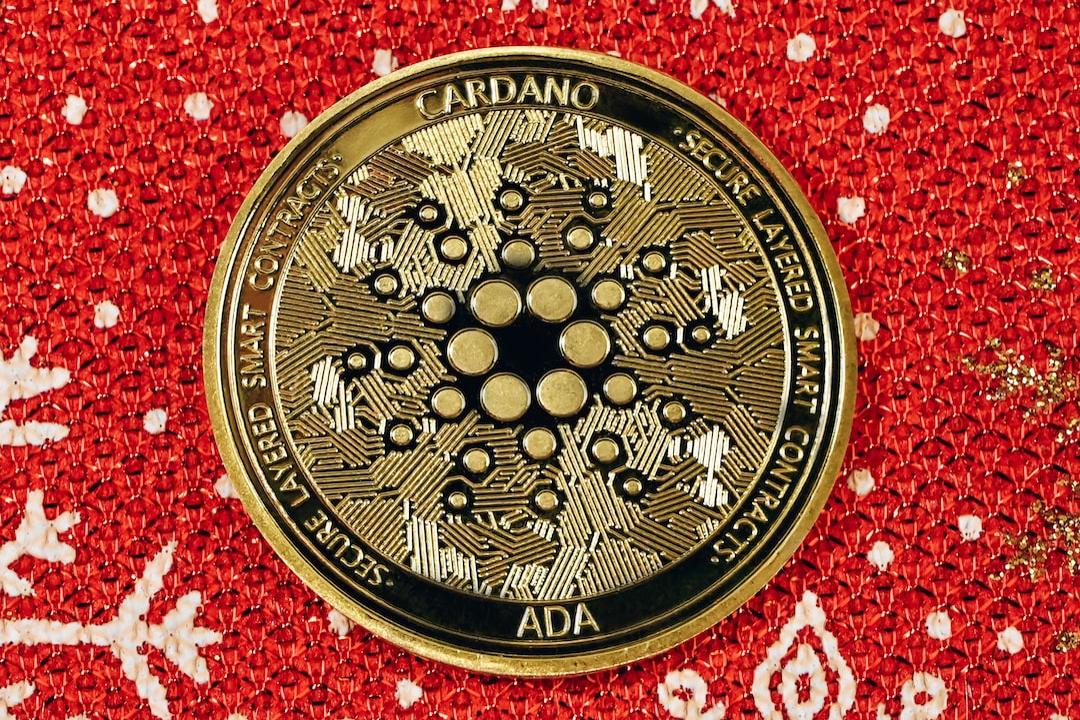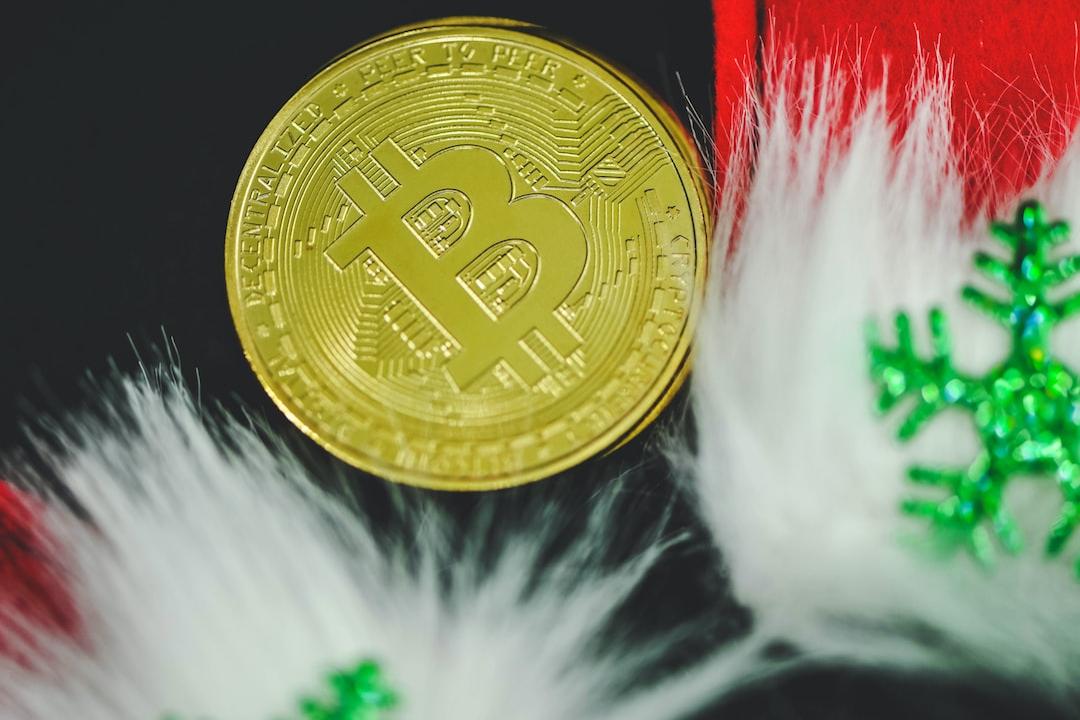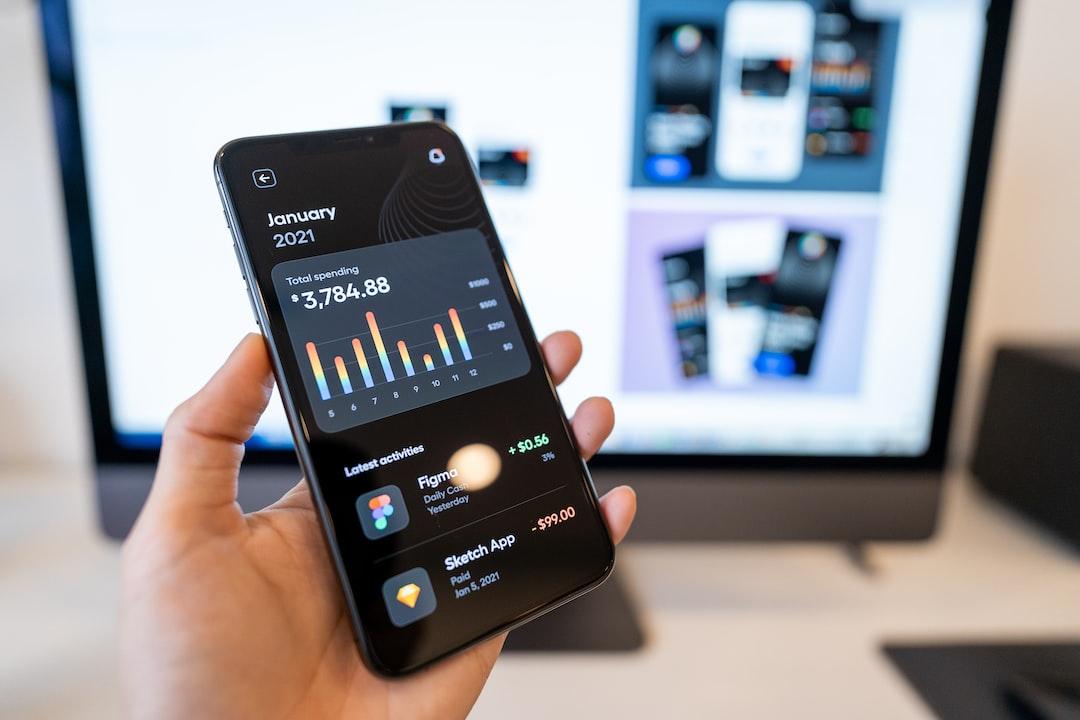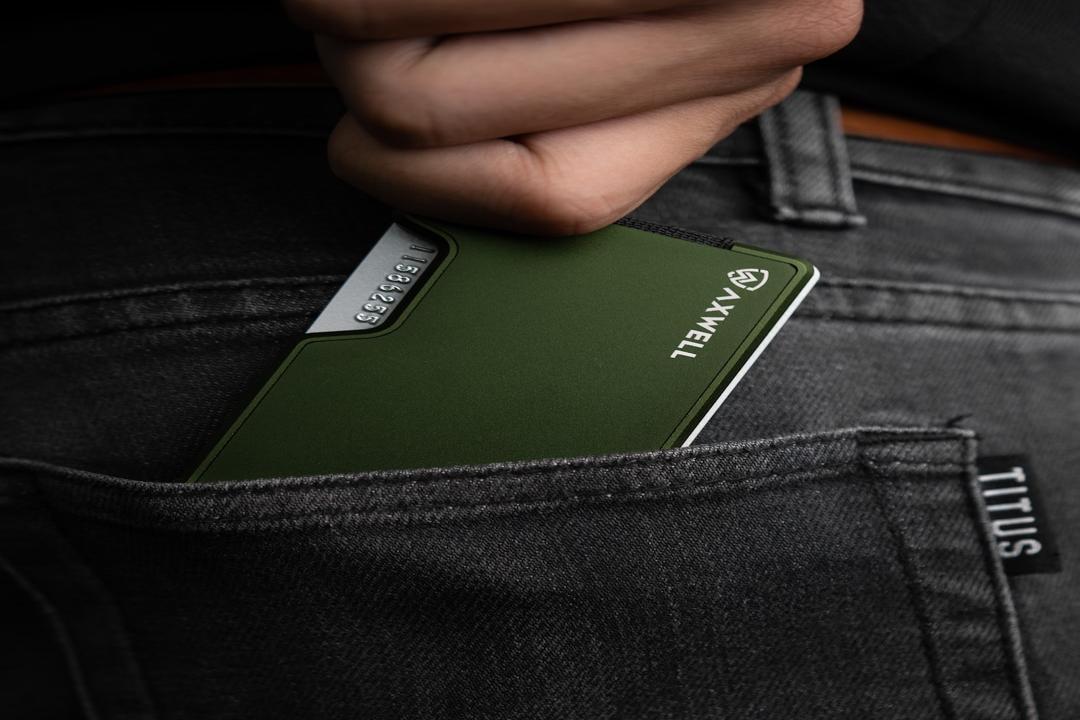Written by Karen, Foresight News
The Web3 social trading protocol friend.tech launched its V2 version during the May Day holiday, regaining popularity with new features like the paid group Club, unique fee design mechanism, and LP APY close to 600% (reaching 1400% yesterday).
The V2 version of friend.tech continues the simple design style. For example, the top of the official website has the Club and creator search boxes, and the left side navigation bar includes the wallet, activities, and chat modules. The wallet displays holdings of ETH, FRIEND, Keys, and mining rewards. The activities page lists the key transaction activities of followed creators, and the chat page aggregates clubs and creators holding keys, making it convenient for users to socialize.
Table of Contents
Toggle
Core Feature of friend.tech V2: Paid Group Club
Platform Economy and Token Distribution
Who are the FRIEND Holders and LP Providers?
How is the FRIEND Upside Potential?
The paid group Club is the highlight of friend.tech V2. Based on monetizing the value of KOLs and creators in V1, it adds Club space, which is similar to a paid group. However, new members joining the group need to pay a higher price, and the transactions only support the friend.tech platform token FRIEND. Each transaction also incurs a fee of 1.5% (more on this later). Key holders can also vote to elect the chairman of their Club, who will be responsible for managing the club and selecting moderators.
The price of Club Keys follows a specific formula, where the price of the next Key is S^2/100 (measured in FRIEND), with S being the current number of Keys. The table below shows the price chart at the S-th Key, for readers’ reference.

Anyone can create a Club on any topic. When creating a Club, users can choose the standard curve (according to the above formula) or a dedicated curve priced 10 times higher than the standard curve. If the standard curve is chosen, when the number of members in a Club reaches 50, the Key price is 25 FRIEND. If the dedicated curve is chosen, the Key price is 250 FRIEND. It should be noted that different Clubs can have the same name, so extra caution is needed during transactions.
According to data from Dune, as of May 6th, the number of friend.tech Clubs has exceeded 110,000, with over 61,592 members. The number of transactions has exceeded 450,000, and the total transaction volume of Clubs is close to 17 million FRIEND. Within 24 hours, the total fees generated by friend.tech have reached 820,000 USD.
From the perspective of Club market value, the top two friend.tech Clubs are “Ansem’s Army” created by trader Ansem, with the ID #59528. The Key price is 2766 FRIEND, and the group has 371 members. The other is “Fight Club” created by friend.tech founder Racer, with the ID #1. The Key price is 2371 FRIEND, and the group has 125 members.
Besides Clubs, friend.tech also plans to launch new features such as Keydrops, Memeclubs, and Pinned Rooms, bringing users a more diverse social experience. Memeclubs alone is enough to excite and stimulate the community’s imagination.
When friend.tech released the V2 airdrop, each point could be exchanged for 1 FRIEND. However, at the beginning, users could only claim 10% of the FRIEND, and the remaining 90% could be claimed after joining a Club and following 10 people. This greatly incentivized platform activity in the short term but also received criticism from the community.
friend.tech has not enabled token transferability yet and currently only offers token exchange and FRIEND/ETH liquidity provision services on its own platform (DEX “Bunnyswap” https://www.friend.tech/lp). Due to the very high liquidity provided on the friend.tech platform (currently close to 600%), the liquidity for FRIEND/ETH is close to 47 million USD.
On friend.tech, users need to deduct a 1.5% exchange fee when exchanging in the FRIEND/ETH pool, and a 1.5% fee when trading Club Keys. These fees are shared by LP providers in FRIEND form. In addition, within the next 12 months, friend.tech will also distribute 12 million FRIEND as incentives to LP providers.
Providing FRIEND/ETH liquidity on friend.tech can generate three types of rewards: a 1.5% exchange fee (currently APY is 1071%), a 1.5% Club Key transaction fee (currently APY is 202%), and sharing 12 million FRIEND incentives (currently APY is 135%).
Regarding token distribution, friend.tech has stated that its investors have agreed to waive the right to sell tokens to users, and the tokens will be controlled by users. The points of risk investors, including Paradigm, will be distributed to users.
However, friend.tech has not disclosed detailed token supply details, which has raised questions in the community. According to the BaseScan page, the current maximum total supply is 91,082,420 FRIEND, and the contract details show that the token has no upper limit. The circulating supply displayed on the official LP page of friend.tech is 79.1 million FRIEND (combined with data from Dune, this circulating supply includes claimed token airdrops and token incentives released). The circulating market value is 204 million USD (calculated based on the FRIEND price of 2.65 USD at the time of writing).

However, in August last year, when friend.tech just launched its platform, it announced a plan to distribute 100 million points over 6 months (every Friday). Based on the current exchange rate of 1 point for 1 FRIEND, the airdrop amount is 100 million. In addition, the distribution of 12 million FRIEND incentives to LP providers within the next 12 months means that the total supply is at least 112 million FRIEND.
According to Dune data compiled by @willprice, the address that provides the most liquidity on friend.tech is owned by Taiwanese singer Huang Lizheng, who provides 1.7588 million FRIEND liquidity (purchasing nearly 800,000 FRIEND at a price of 2.57 USD per unit on May 7th with a cost of 661 ETH). The second is an address starting with 0xe3879b, which provides 625,500 FRIEND liquidity in the LP pool, while also providing 263 ETH and 42,552 PRIME liquidity in the Aerodrome ETH/PRIME pool. The fourth, fifth, and sixth-ranked users are @bitgoten, Christian2022.eth (partner of NextGen Digital Venture), and Cryptoyieldinfo, respectively. NFT KOL dingaling also holds over 410,000 FRIEND, but has not yet pledged it.

In my opinion, given the recent controversy surrounding token airdrops, friend.tech’s full distribution to the community has been relatively successful and has given FRIEND practical value for payments within Clubs. It can be imagined that as Clubs increase and develop, the amount of FRIEND tokens paid by users will also increase. These tokens are essentially locked within the system, forming a stable value support. In addition, friend.tech provides generous rewards to LP providers, which will attract more liquidity locked in FRIEND tokens.
As mentioned earlier, friend.tech has not enabled token transferability yet, which means that CEX cannot list FRIEND tokens. The only ways to obtain FRIEND are to claim airdrops or buy it with ETH on the friend.tech platform. Users can also provide liquidity by combining FRIEND and ETH to earn rewards.
What will happen if friend.tech enables token transferability? I believe this will greatly enhance the liquidity of FRIEND and further drive it into the price discovery stage. However, this may also lead to the cancellation of the 1.5% exchange fee mechanism originally set by the platform, thereby reducing LP rewards. Nevertheless, in the long run, widespread token circulation will help improve its market awareness and value stability.
DeFi researcher Ignas proposed an interesting perspective, hoping that FRIEND will not enable transferability. Instead, a wrapped FRIEND, wFRIEND, can be created. Exchanges can list wFRIEND without affecting the functionality of the original token. However, personally, I don’t think there will be much difference in essence because once wFRIEND is listed on an exchange, on-chain traders can still buy wFRIEND from the exchange and then unwrap it to provide liquidity. Therefore, the key is how friend.tech balances the liquidity, transferability, and stability of the platform’s functionality to achieve long-term value growth for the FRIEND token.
Of course, while observing the trading data of FRIEND, I noticed an interesting phenomenon. In the first two to three days after the token was listed, although the total amount of buy orders was significantly higher than sell orders, the number of buy orders was much lower than the number of sell orders. These transactions had single order amounts ranging from thousands to tens of thousands of dollars. Calculating based on the past 24 hours data at a specific moment on May 5th, although the total transaction volume of buy orders was 15% higher than sell orders, the number of buy orders was 70% lower than the number of sell orders. However, starting yesterday, there have been multiple buy orders with extremely small amounts, even less than 0.01 USD, which balanced the number of buy and sell orders. These transactions are highly likely to be wash trading behavior executed by bots, and the motives behind them are unclear. We cannot determine if this is done for a specific purpose. This phenomenon undoubtedly adds a sense of mystery and uncertainty to FRIEND. However, as of 17:15 on May 7th, the number of buyers for FRIEND continues to decrease, accounting for only 1/10 of the number of sellers, while the trading volume has not shown a significant difference.
This article is authorized to be reprinted from Foresight News.

